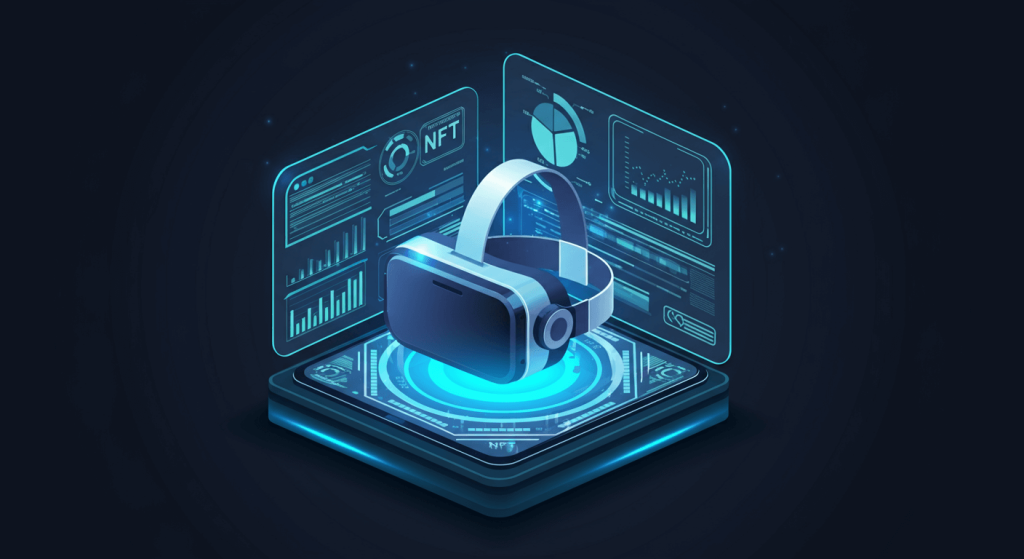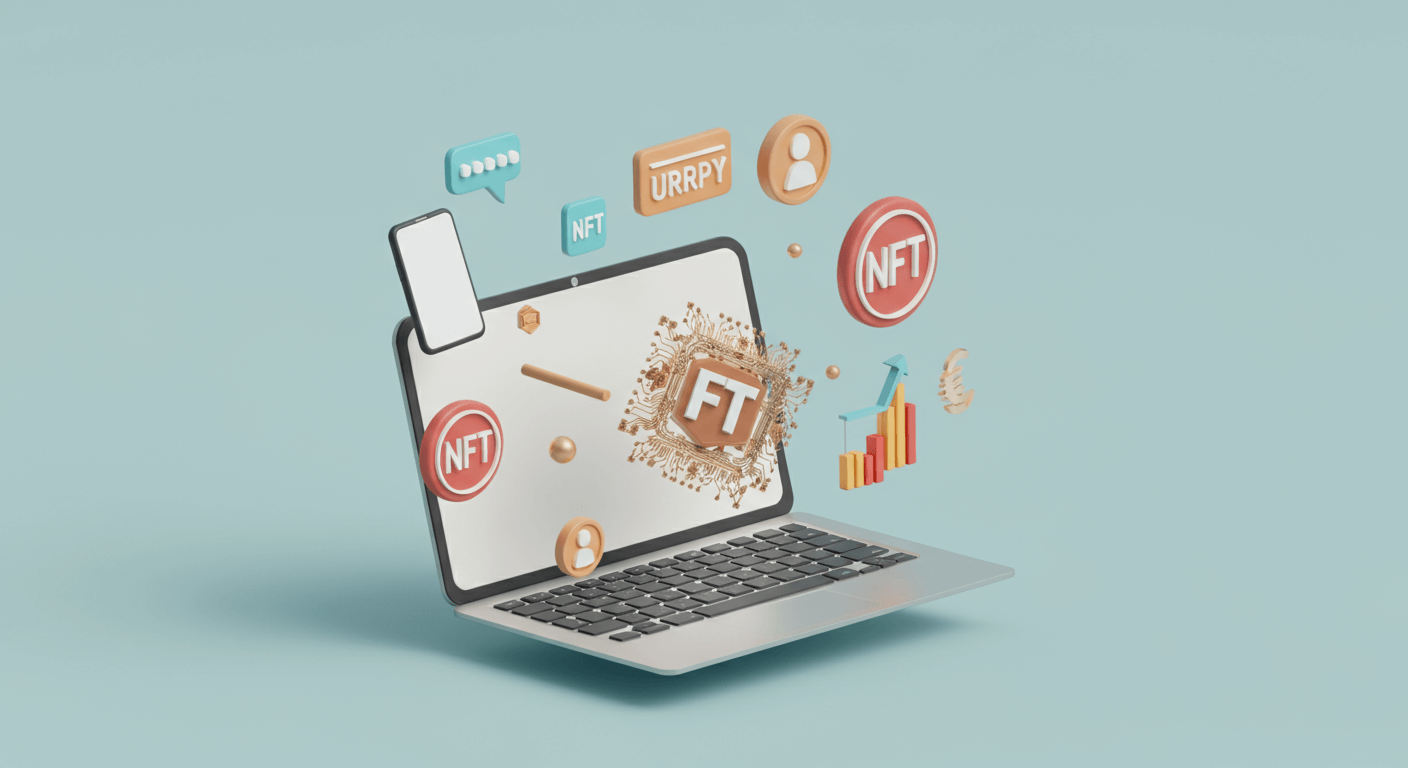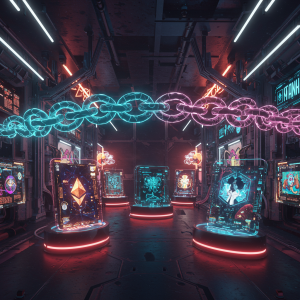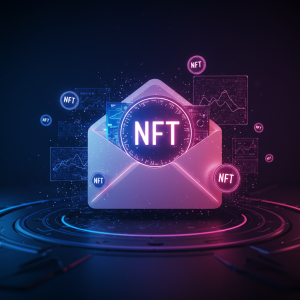Mobile Marketing Trends Shaping NFT Promotion

The NFT landscape has evolved dramatically since its explosive debut, and mobile marketing has emerged as the primary battleground for capturing audience attention. With over 6.8 billion smartphone users worldwide, NFT creators and brands can no longer afford to treat mobile promotion as an afterthought.
This shift represents more than just adapting existing strategies for smaller screens. Mobile-first NFT marketing requires understanding how collectors discover, evaluate, and purchase digital assets on their phones. From Instagram Stories showcasing animated NFTs to TikTok challenges that drive community engagement, the most successful NFT projects are those that master the art of mobile storytelling.
The stakes have never been higher. As the NFT market matures and competition intensifies, projects that fail to optimize for mobile risk becoming invisible to their target audience. Meanwhile, those that embrace mobile-native approaches are seeing unprecedented engagement rates and stronger community building.
Let’s explore the key mobile marketing trends that are reshaping how NFT projects connect with collectors and build lasting value.
Social Commerce Integration Drives Direct Sales

Social media platforms have transformed from discovery channels into full-fledged marketplaces for NFT promotion. Instagram’s shopping features now allow creators to showcase NFT collections directly within posts and Stories, while Twitter’s integration with NFT wallets enables seamless profile verification of digital assets.
The rise of social commerce has fundamentally changed the NFT buyer’s journey. Collectors no longer need to navigate away from their favorite platforms to complete purchases. This friction reduction has led to increased conversion rates for projects that optimize their social presence for mobile commerce.
TikTok’s Creator Fund and Instagram’s Reels monetization have also created new revenue streams for NFT artists. These platforms reward engaging content with algorithmic reach, making it possible for unknown creators to achieve viral success and drive significant sales volume.
Smart NFT projects are leveraging platform-specific features to maximize their reach. Instagram’s augmented reality filters allow users to preview how NFT artwork might look in their physical spaces, while TikTok’s duet feature enables collaborative content creation that amplifies project visibility.
Short-Form Video Content Dominates Discovery
Mobile users spend an average of 88 minutes daily watching short-form videos, making platforms like TikTok, Instagram Reels, and YouTube Shorts essential for NFT discovery. The format’s constraints force creators to distill their project’s value proposition into compelling 15-60 second narratives.
Successful NFT projects use short-form video to humanize their brands and tell authentic stories. Behind-the-scenes content showing the artistic process, founder interviews, and community spotlights consistently outperform direct promotional content. This storytelling approach builds emotional connections that translate into stronger community loyalty.
The algorithmic nature of short-form video platforms creates opportunities for viral growth that traditional marketing channels cannot match. A single well-crafted video can expose an NFT project to millions of potential collectors within hours of posting.
Animation and motion graphics have become particularly effective for NFT promotion on these platforms. Static artwork struggles to capture attention in fast-scrolling feeds, while animated previews and dynamic presentations naturally draw the eye and encourage engagement.
Micro-Influencer Partnerships Deliver Authentic Engagement
The NFT space has seen a significant shift away from celebrity endorsements toward partnerships with micro-influencers who have 10,000-100,000 followers. These creators typically have higher engagement rates and more authentic relationships with their audiences, making their recommendations more credible and effective.
Mobile-native influencers understand how to create content that performs well on specific platforms. A successful NFT promotion campaign might involve different content approaches for TikTok versus Instagram, with each piece optimized for the platform’s unique algorithm and user behavior patterns.
Authenticity has become the currency of influence in NFT marketing. Audiences can quickly detect paid promotions that feel forced or inauthentic. The most effective influencer partnerships involve genuine enthusiasm for the project and alignment with the creator’s existing content themes.
Long-term partnerships with micro-influencers often provide better ROI than one-off celebrity endorsements. These relationships allow for consistent brand messaging and help build sustained awareness over time rather than brief attention spikes.
Location-Based Marketing Targets Local Communities
GPS-enabled mobile marketing has opened new possibilities for NFT promotion through location-based campaigns. Projects are using geofencing technology to target potential collectors at art galleries, tech conferences, and cultural events where NFT interest is likely to be high.
Augmented reality experiences tied to specific locations have proven particularly effective for NFT marketing. Users can unlock exclusive content or previews by visiting certain venues, creating memorable experiences that strengthen brand association and encourage social sharing.
Local NFT communities are thriving in major cities, and mobile marketing allows projects to tap into these concentrated audiences. Location-based advertising can promote meetups, gallery showings, and other events that build real-world connections around digital assets.
The data collected from location-based campaigns provides valuable insights into collector behavior and preferences. This information helps projects refine their targeting strategies and identify new markets for expansion.
Interactive Content Increases Time-on-Platform
Mobile users expect interactive experiences, and NFT projects are responding with gamified marketing campaigns that encourage active participation. Polls, quizzes, and challenges create multiple touchpoints that keep potential collectors engaged with project content over extended periods.
Augmented reality filters and effects have become powerful tools for NFT promotion. Users who apply these filters become brand ambassadors, spreading awareness organically through their social networks while creating authentic user-generated content.
Interactive storytelling allows NFT projects to reveal information about their roadmaps, utilities, and communities in engaging ways. Rather than static whitepapers, projects are creating choose-your-own-adventure style content that adapts based on user preferences and interests.
Gamification elements like leaderboards, badges, and exclusive access rewards encourage repeat engagement and help build stronger community bonds. These features work particularly well on mobile platforms where push notifications can drive users back to participate in ongoing campaigns.
Personalization Algorithms Enhance Targeting Precision
Machine learning algorithms on mobile platforms have become increasingly sophisticated at predicting user preferences and behaviors. NFT projects that understand how to work with these systems can achieve better organic reach and more effective paid advertising campaigns.
Dynamic content creation allows projects to automatically generate personalized marketing messages based on user behavior and preferences. This level of customization was previously only available to major brands but is now accessible to smaller NFT projects through various marketing platforms.
Retargeting campaigns on mobile platforms can reach users who have previously engaged with NFT content but haven’t yet made a purchase. These campaigns typically achieve higher conversion rates than broad awareness campaigns by focusing on warm prospects.
Cross-platform data integration enables more comprehensive user profiling, allowing NFT projects to create cohesive marketing experiences across multiple touchpoints while respecting user privacy preferences.
The Future of Mobile NFT Marketing

The mobile marketing landscape for NFT promotion continues to evolve rapidly as new technologies emerge and user behaviors shift. Projects that stay ahead of these trends while maintaining authentic community relationships will be best positioned for long-term success.
Success in mobile NFT marketing requires more than just adapting desktop strategies for smaller screens. It demands a fundamental understanding of how mobile users discover, evaluate, and engage with digital content. The projects that master these mobile-native approaches will build stronger communities, achieve better conversion rates, and create lasting value in an increasingly competitive marketplace.
Start by auditing your current mobile presence across all platforms. Identify gaps in your mobile optimization and prioritize improvements based on where your target audience spends their time. The mobile revolution in NFT marketing is just beginning, and the time to act is now.
Meta data
Meta title
Meta description





